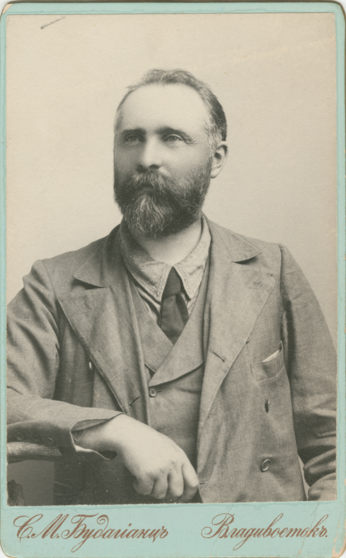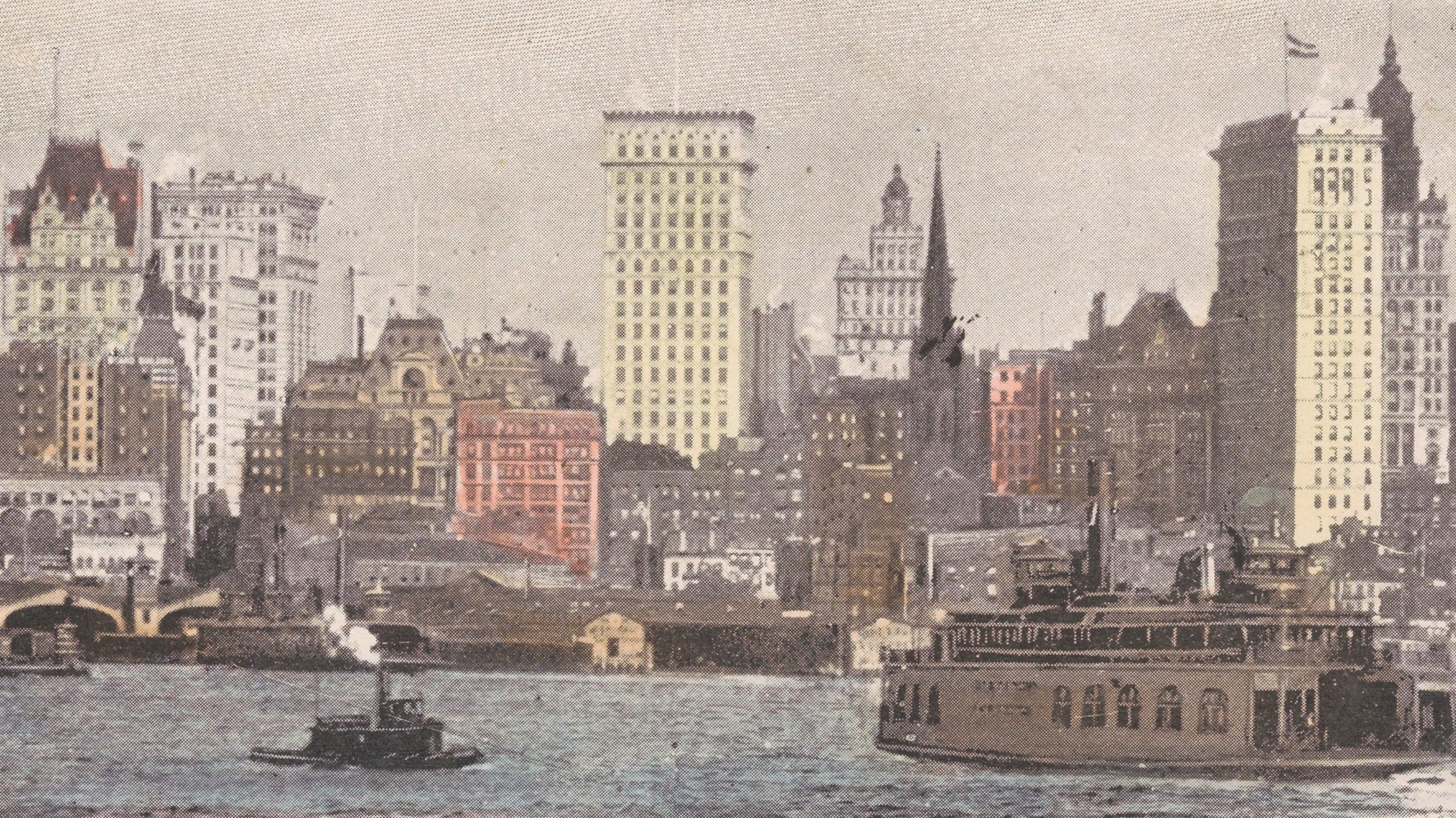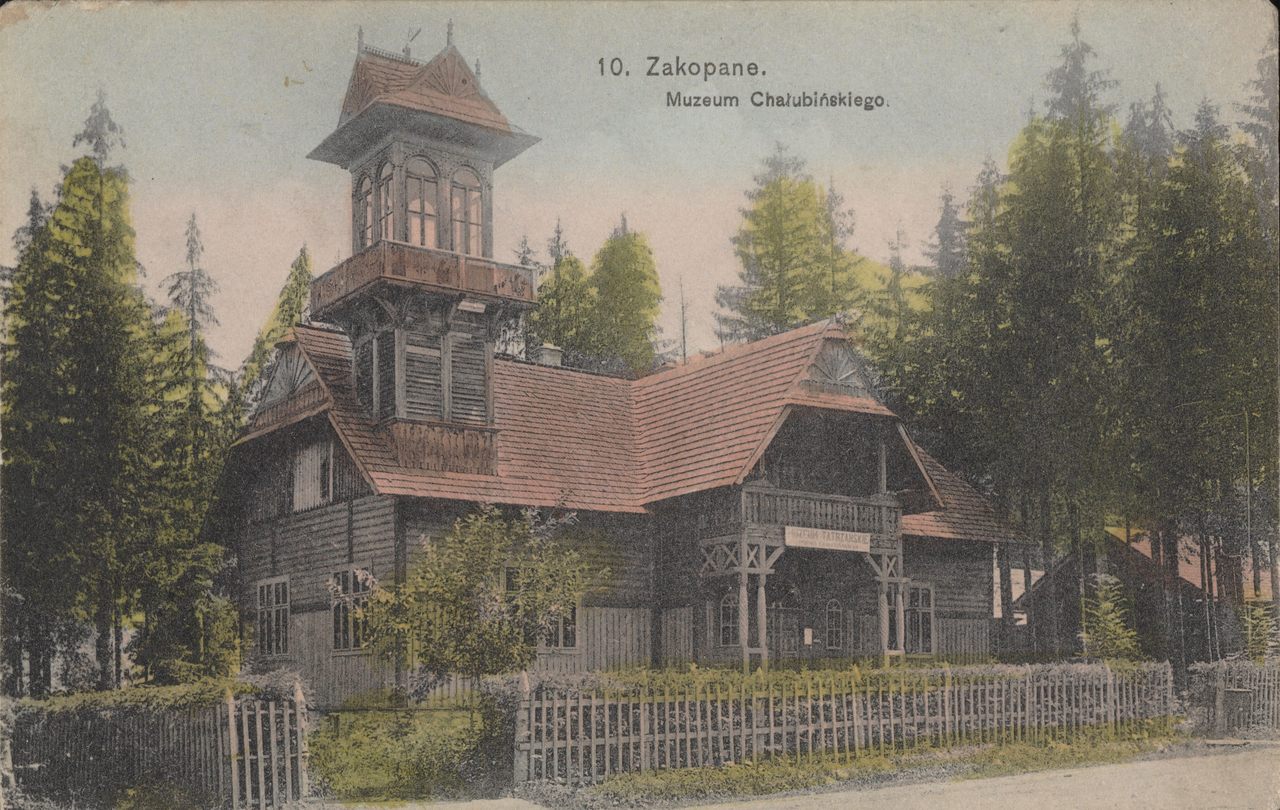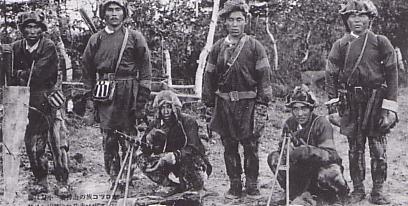
Museology
Vladivostok
Activities
Shortly after his first contact with the Ainus, Bronisław Piłsudski was transferred to Vladivostok thanks to the efforts of the Amur Krai Research Society. As a result of a recommendation from St. Petersburg, he was given the position of a curator of the existing collections at the Branch of the Geographical Society. Following his arrival, the local police chief received a secret instruction that read, “Upon Piłsudski’s arrival, ensure that he is properly supervised! If he is caught in a punishable act, send him back to Sakhalin.” In the response, the military governor of Sakhalin was notified that Piłsudski arrived in Vladivostok around 15 March (1899), worked at the museum, lived at the Korean Street in Zymerman’s house, and supervision was provided.
In April 1899, Piłsudski donated two collections to the Museum of the Amur Krai Research Society: the plant specimens from the southern part of the Ussuri Krai and the ethnographic collection related to the culture of the Sakhalin Gilyak people, comprising more than 200 items. Especially the former was of a great value. He collected it on behalf of the Society in November of the previous year, before leaving Sakhalin. It was sent by sea via Odessa to Paris, where it was to be presented at the World Exposition. The selection of exhibits was to be handled by Bronisław. That summer, Paul Labbé, a traveler and member of the French Geographical Society, visited Vladivostok on his way to Sakhalin. It was he who was in charge of the “Siberia and the Asian Part of Russia” pavilion at the Paris World Exposition to which the collection of the Amur Krai Research Society was to be sent. Probably during his stay in Vladivostok, matters related to the materials intended for the exhibition were discussed.
During the World Exposition in Paris, which lasted from April to November 1900, almost all of these exhibits were sold. Some even made their way to America. The Far Eastern collection presented was highly praised by the international jury, and the Russian Geographical Society was awarded a silver medal.

In the years 1899-1900, together with Nikolai Palchevsky, the vice-president of the Amur Krai Research Society, Bronisław Piłsudski made many research trips to the Primorsky Krai to acquire more museum exhibits and take photographs. Thanks to Kodak, from 1888, it was easy to purchase a camera; as a result, photographs became an essential part of scientific research reports.
In Vladivostok, Bronisław was engaged in organizing ethnographic collections, compiling field materials, and organizing a scientific library. He initiated a scientific exchange of publications, especially with institutions in the United States, and engaged in journalism by publishing articles in “Vostochnye Izvestiya”. At his invitation, a young Nivkh boy came to the city and attended the school there in order to engage in teaching activities after returning to Sakhalin. He soon contracted tuberculosis and died. Piłsudski had remorse about bringing the boy with him.
In May 1901, he submitted an application to the Amur Governor General in which he wrote that he would like to resign from the work in the Museum of the Amur Krai Research Society due to poor health, as well as to register and settle in Blagoveshchensk. In this place with a drier climate, he wanted to work for a private bank or a steamship company. The reasons for resigning from his job at the museum included lack of satisfaction with the job and a conflict with Palchevsky, the vice-president of the Amur Krai Research Society. Piłsudski drew up a report on the society’s activities for the year 1900, dating 10 July; he wrote that the museum exhibits were not in order, deteriorating, poorly stored due to lack of space, and there had been a need to build a storage building, but nothing was done about it. He also reported the rejection of his proposal to hire an archivist, even if it would mean reducing his salary by a half. He blamed Palchevsky for the situation. The latter responded by resigning from his job, blaming Piłsudski for provoking critical articles against him and accusing him of errors and negligence in his job.
In October, Piłsudski received permission to settle in Blagoveshchensk, but new circumstances arose. He wrote in a letter to Sternberg that he would like to return to Sakhalin to complete his research on the Gilyaks and to start working on Oroks. Sternberg was an emploee of the Museum of Anthropology and Ethnography in St. Petersburg and soon became the secretary of the Russian Committee for the Study of Central and East Asia in the field of History, Archaeology, Linguistics, and Ethnography. Under his leadership, a program to expand the museum’s collection by organizing research expeditions was carried out. These expeditions began in 1902 and one of the first was Piłsudski’s trip to Sakhalin. He departed from Vladivostok on 8 July 1902. More than three years later, he traveled to Japan, leaving Russia illegally. He remained there for eight months, after which he sailed to the United States.
Based on:
Antoni Kuczyński, “Bronisław Piłsudski (1866-1918), an Exile and Researcher of the Culture of the Peoples of the Far East”, “Niepodległość i Pamięć”, 22/2 (50), 7-93, 2015
Kazuhiko Sawada, A Story of Bronisław Piłsudski. A Pole Named King of the Ainu People, Sulejówek 2021



